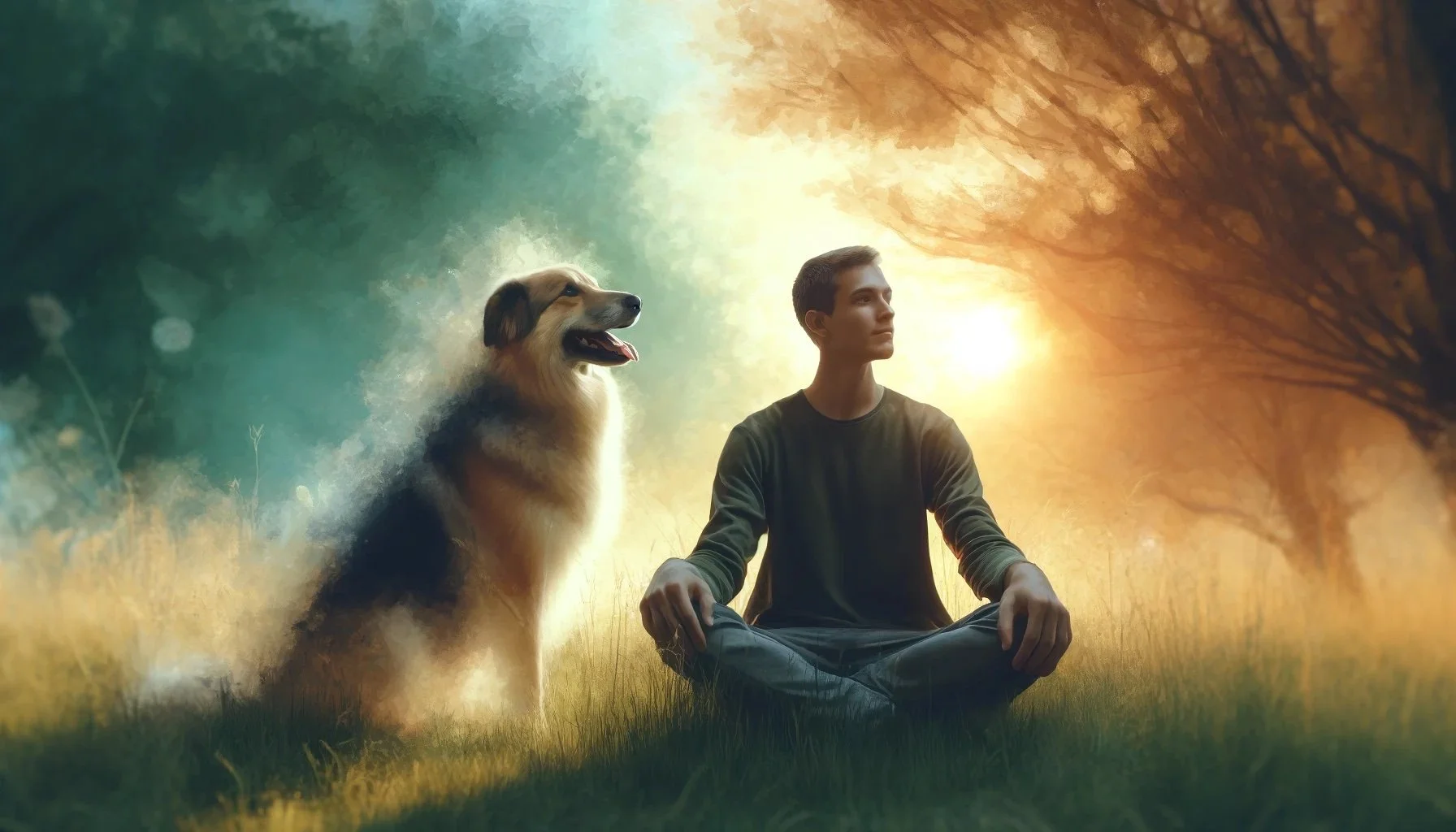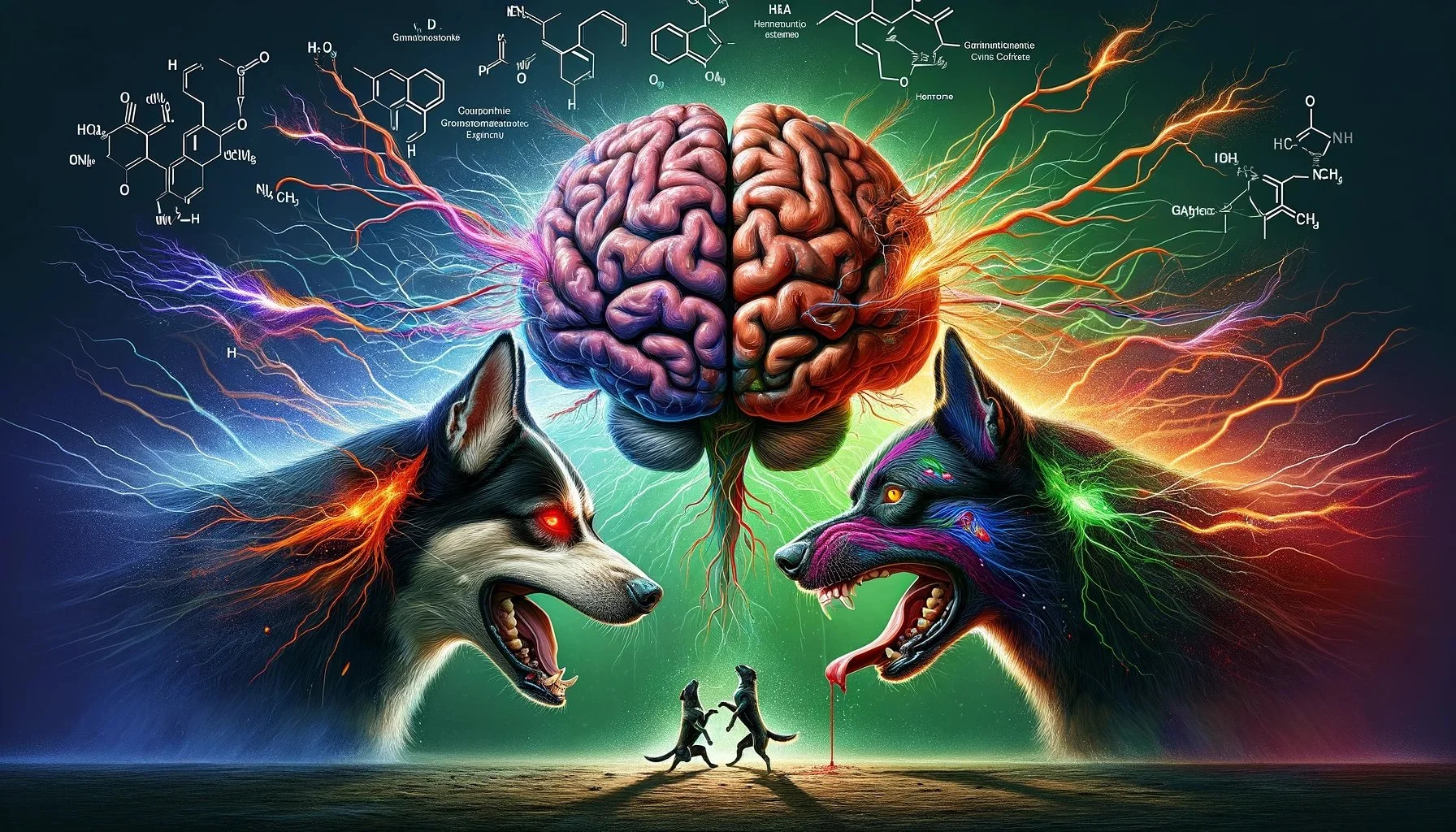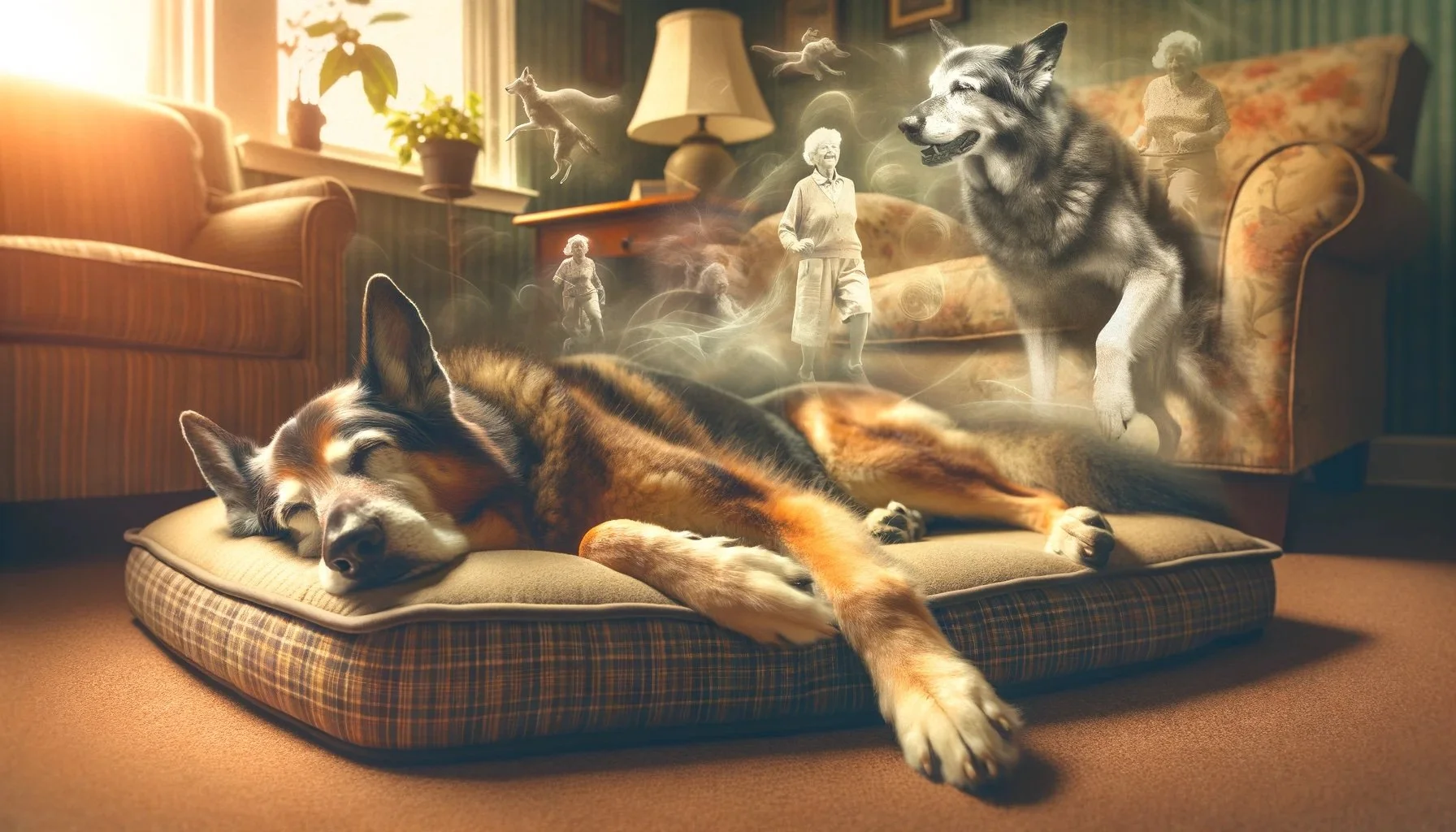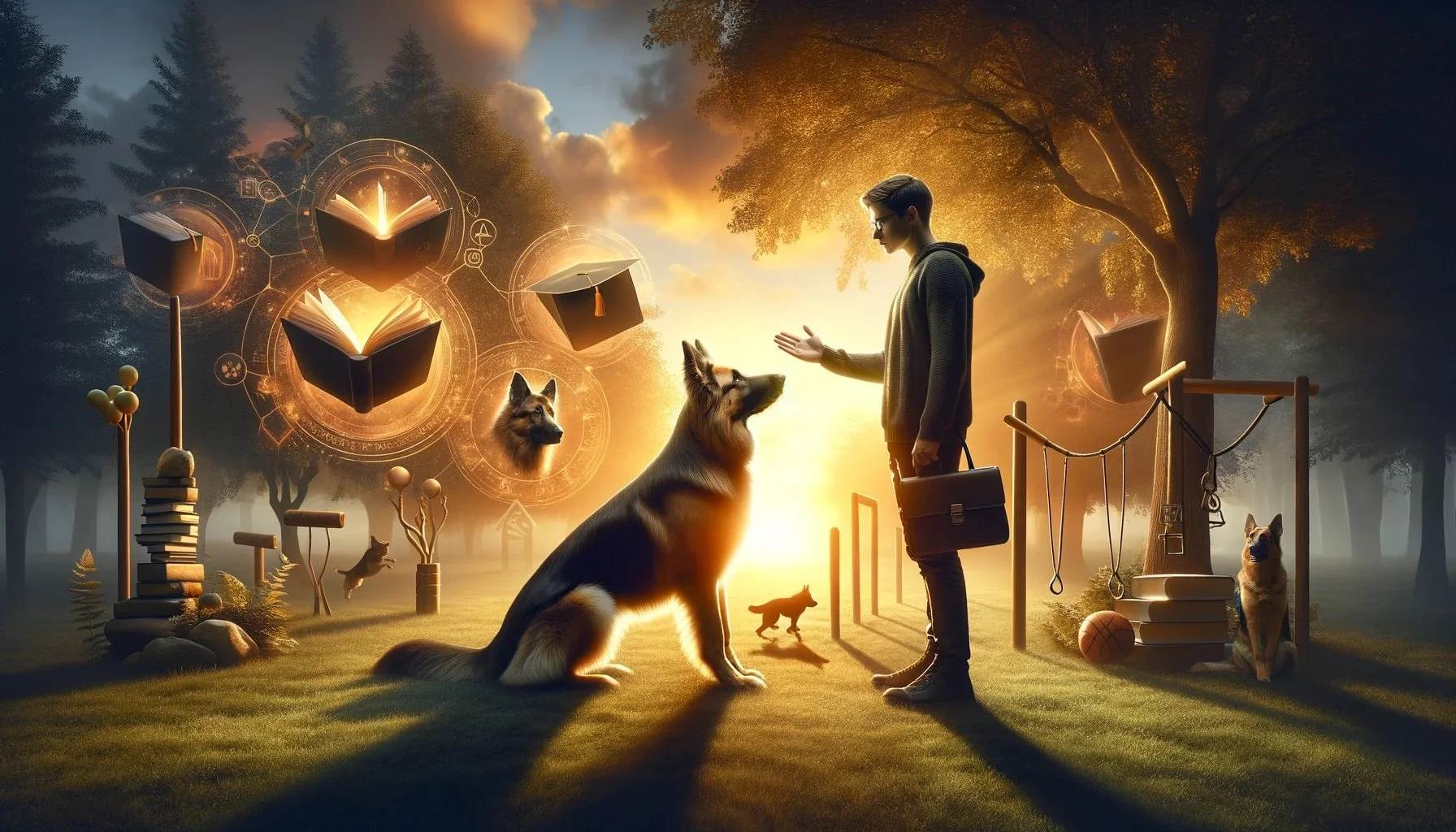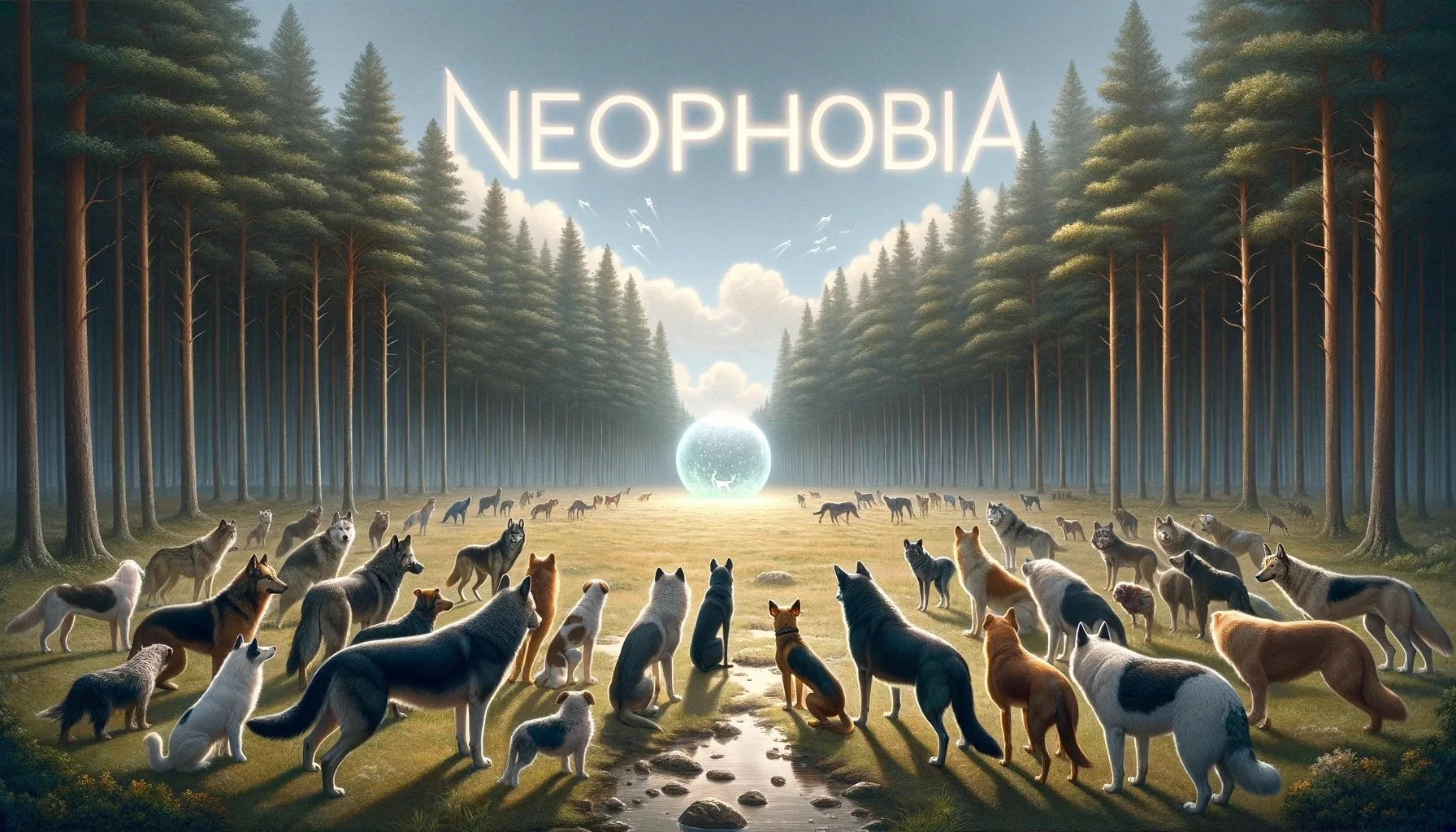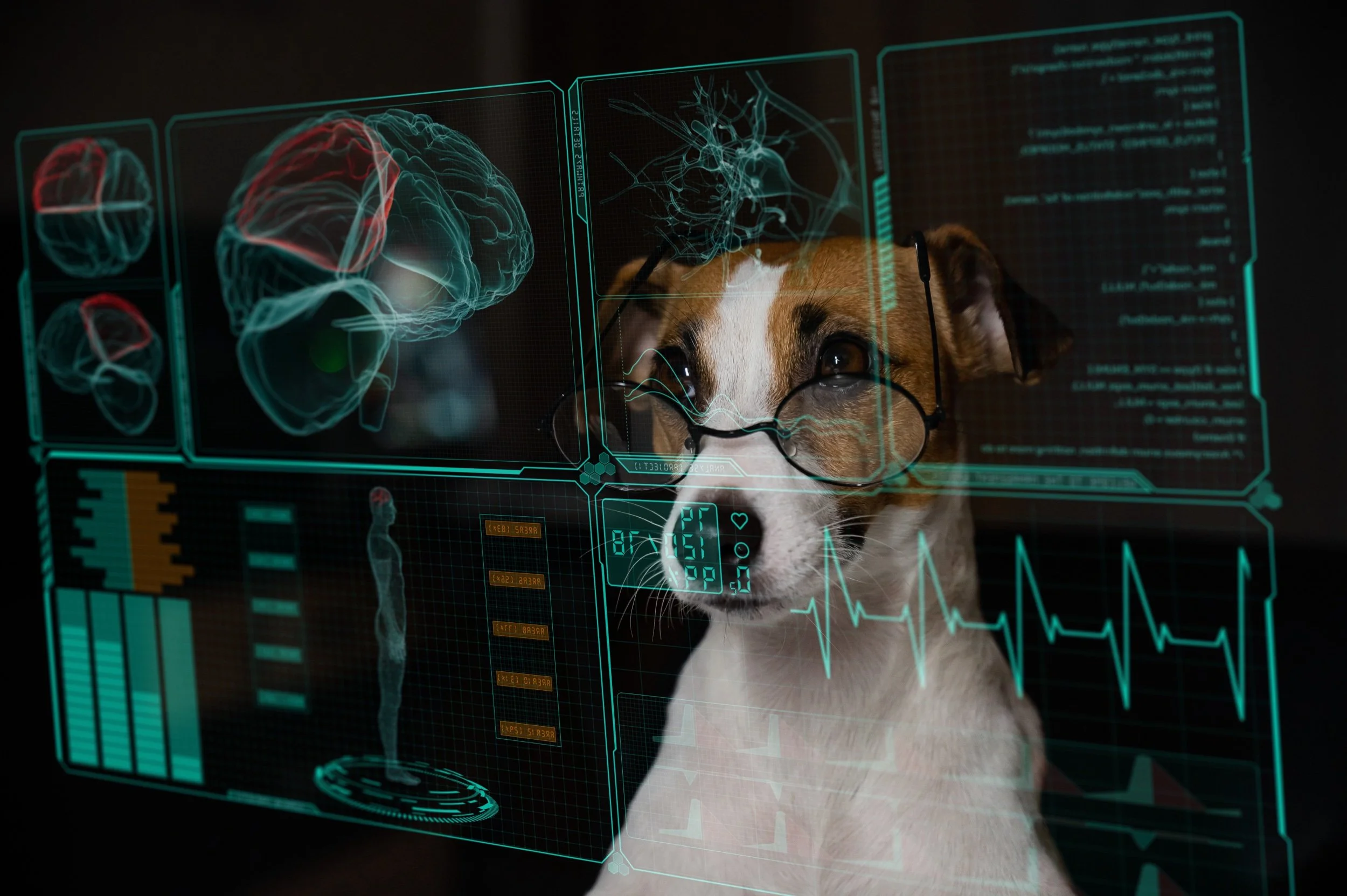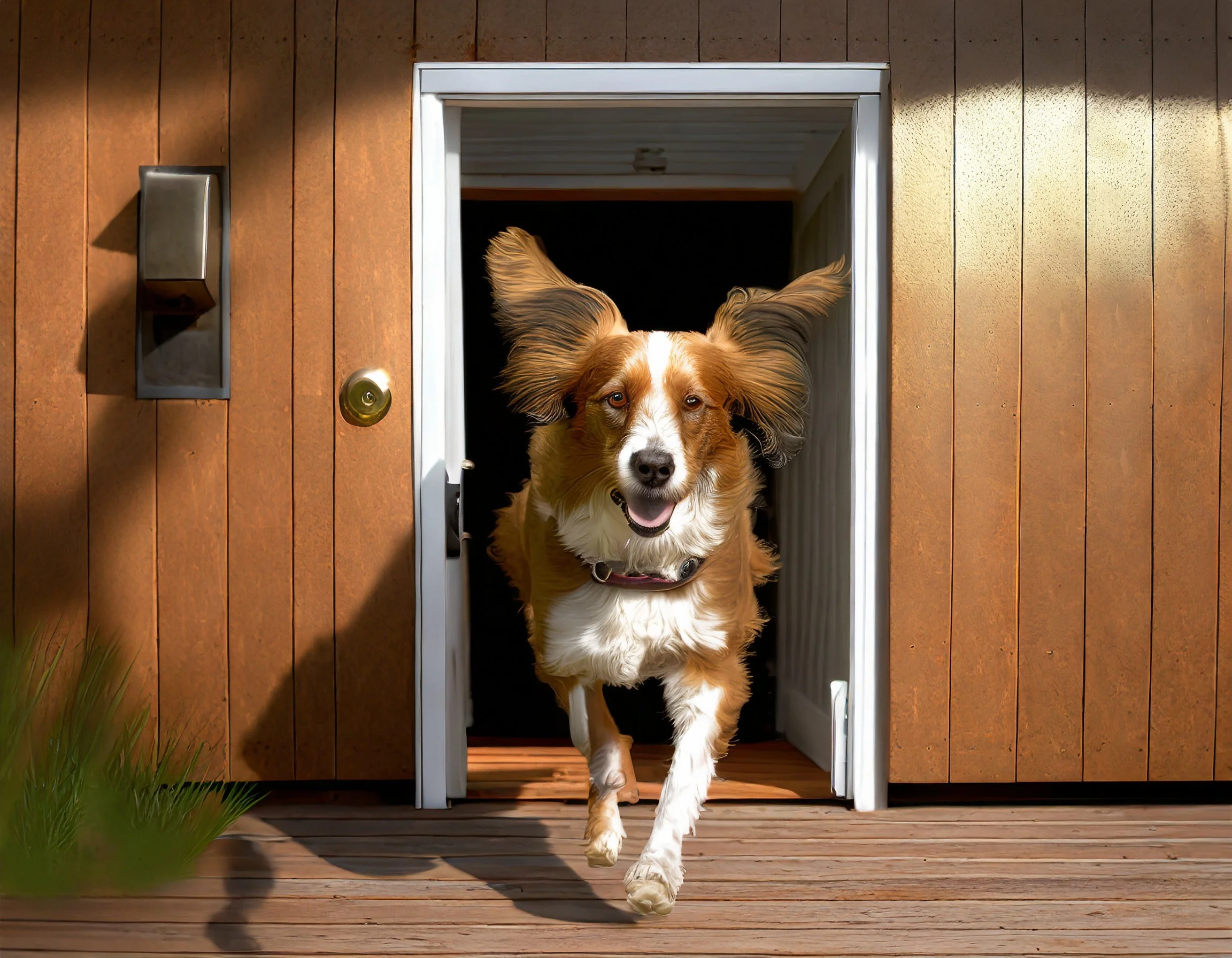🚨 The Dangerous Delusion of Pet Gender Identity 🐾
As a professional in canine behavior, I must address the alarming trend of applying human gender identity concepts to pets. The notion that "misgendering" a pet can cause "serious microsubconscious distress" and that pets communicate their "gender identity" through toy preferences or clothing reactions is not only scientifically baseless but also potentially harmful to the well-being of the animals in our care.
When we project human constructs like gender identity onto pets, we risk misinterpreting their behaviors and failing to meet their true needs. By focusing on "affirming" a presumed gender identity, pet owners may overlook genuine sources of distress and neglect evidence-based care. As responsible guardians, we must prioritize our pets' well-being over human social agendas and treat them as the unique animals they are. 🙏💡
Read more about the importance of rejecting pseudoscience and embracing a scientifically informed approach to pet care in my latest article
#PetWelfare #AnimalBehavior #ScienceOverSentiment




